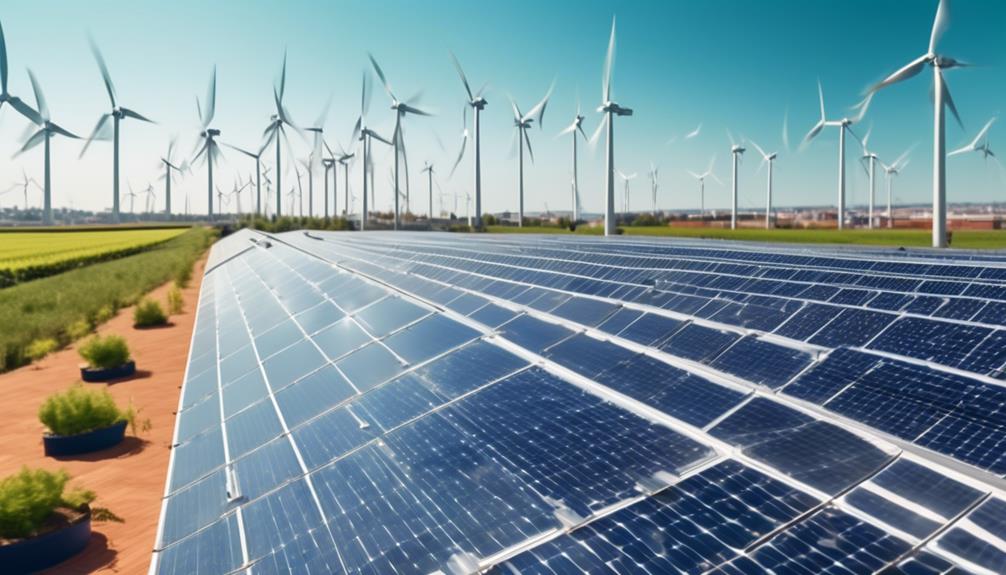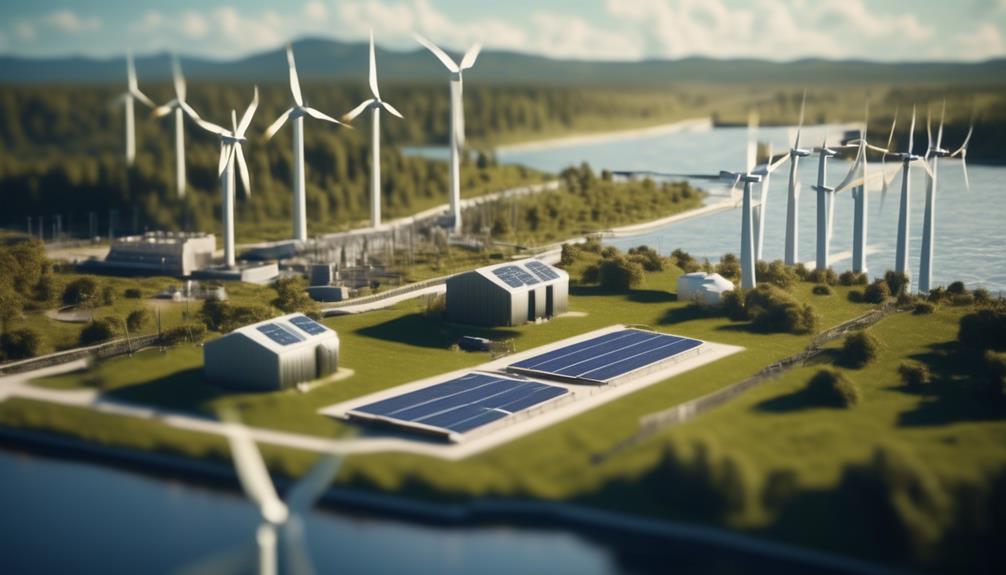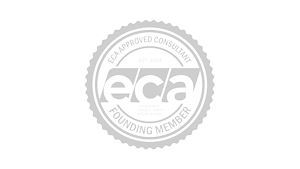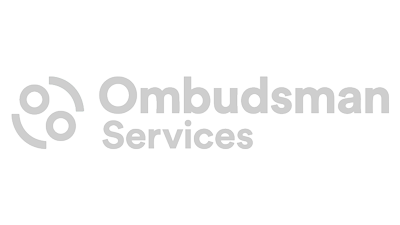In the relentless pursuit of operational efficiency, business leaders are on an endless quest to slash costs without sacrificing the quality of their products or services. Among the myriad of avenues explored, energy consumption stands out as a critical area ripe for optimisation. The escalating costs of energy, coupled with an increasing emphasis on sustainable practices, present a dual challenge that many find daunting. Yet, the potential for significant financial savings and environmental stewardship remains untapped, awaiting those ready to harness it.
Drawing from a wealth of experience in energy management and sustainability, this article delves into six strategic approaches to reduce energy costs effectively. Tailored to meet the specific needs of businesses striving for efficiency and green initiatives, these insights promise to guide you toward not just a reduction in expenses, but also a bolstering of your market position and public image.
As we journey through these strategies together, rest assured that each step is designed to bring you closer to achieving an optimised, cost-effective, and environmentally friendly operation, encouraging you to read on and unlock the potential within your business.
Equipment Efficiency
Improving equipment efficiency is a crucial step in reducing business energy costs and optimising operational performance. For the small business owner, this presents an opportunity to save money through lower energy consumption and increased energy efficiency. One practical approach is to conduct an energy audit to identify areas where energy is being wasted. By pinpointing inefficiencies, businesses can take targeted actions to reduce costs.
Investing in energy-efficient equipment, such as geothermal or solar panels, can significantly lower energy consumption. Additionally, implementing energy management systems enables businesses to monitor and control energy usage, further contributing to cost reduction.
It is essential for small business owners to prioritise maintenance to ensure that equipment operates at peak efficiency. Regular checks, cleaning, and servicing can prevent energy wastage due to faulty or deteriorating equipment.
Employee Education
To complement efforts in optimising equipment efficiency, small business owners should now focus on educating their employees about practical energy-saving practices that can contribute to cost reduction and operational sustainability.
By encouraging employees to turn off lights when leaving a room, open window shades on sunny winter days for natural warmth, and unplug cell phone chargers and communal appliances, businesses can effectively reduce energy costs.
Assigning a designated employee to lead energy-saving efforts can help ensure that these practices are consistently implemented and monitored.
Additionally, promoting the long-term benefits of energy-saving practices, such as reduced energy consumption and cost savings, can motivate employees to actively participate in cutting business energy costs.
Employee education plays a crucial role in fostering a culture of energy efficiency within the workplace and can significantly contribute to lowering operational expenses.
Small businesses can save money by turning employee attention towards reducing unnecessary energy use, ultimately leading to a more sustainable and cost-effective business operation.
Electricity Cost Reduction
To reduce electricity costs and improve operational efficiency, small businesses can take strategic steps to optimise their energy usage and minimise unnecessary expenses.
Firstly, businesses should invest in energy-efficient equipment such as Energy Star rated appliances and smart thermostats. Additionally, the use of motion sensors in less frequently used areas can help reduce energy consumption.
Educating employees about energy-saving practices is vital. Employees should be encouraged to turn off lights, unplug appliances, and make use of natural warmth on sunny winter days.
Small businesses can also explore energy provider options to save on energy costs. Researching energy deregulation and shopping for lower electric rates from alternative providers can lead to significant cost savings.
Implementing peak demand management strategies, such as staggering start times and scheduling energy-intensive equipment to run during off-peak hours, can further reduce costs. Furthermore, considering the use of a generator to control spikes in usage can be beneficial.
Peak Demand Management
Implementing demand response programs and utilising energy management systems are essential strategies for effectively managing peak demand in small businesses. By actively engaging in peak demand management, businesses can achieve significant energy cost reductions and enhance energy efficiency.
To achieve this, small businesses can take the following measures:
- Utilise automated controls: Implement automated controls to schedule energy-intensive equipment to run during off-peak hours, minimising energy demand during peak periods.
- Conduct peak demand analysis: Analyse historical energy usage patterns to identify opportunities for load shifting and demand reduction, allowing for better management of peak demand levels.
- Consider energy storage solutions: Explore the use of energy storage systems to offset peak demand usage and reduce peak charges, contributing to overall energy savings.
Effectively managing peak demand not only reduces electricity costs but also enables small businesses to optimise their energy contracts with suppliers. This proactive approach to peak demand management aligns with the goal of reducing energy consumption and maximising energy efficiency, ultimately contributing to cost savings and sustainable business operations.
Free Energy Audits
Free energy audits, provided by utility companies and some suppliers, offer small businesses a valuable opportunity to identify and address energy inefficiencies within their operations. These audits involve a comprehensive assessment of a business’s energy consumption, equipment, and processes.
By taking advantage of free energy audits, businesses can receive tailored recommendations to reduce energy costs and improve energy management. Inspectors can provide insights into potential upgrades, such as more energy-efficient lighting or equipment, and compare the business’s energy usage to that of similar enterprises in the area. Additionally, businesses can explore programs like LED bulb replacements and demand response initiatives to enhance energy efficiency and reduce utility bills.
Free energy audits typically take 4-6 hours to complete and can provide invaluable insights into energy generation, supply, and contracts. Furthermore, these audits can help businesses understand the financial impact of reducing energy consumption and guide the implementation of energy management software to monitor and optimise energy usage.
Hybrid Energy Contracts
Hybrid energy contracts offer businesses the opportunity to optimise energy costs by providing on-peak and off-peak commodity pricing options. This type of contract enables businesses to lock in one price for on-peak periods and a lower price for off-peak periods. By considering floating power or gas rates during off-peak hours, businesses can take advantage of flexible pricing plans, potentially reducing energy costs. Additionally, these contracts allow businesses to benefit from supply and demand economics in energy markets, optimising energy costs through competitive pricing plans.
- Businesses can take advantage of on-peak and off-peak pricing options to reduce energy costs.
- Exploring floating power or gas rates during off-peak hours can lead to cost savings.
- Hybrid energy contracts provide businesses with the flexibility to optimise energy costs based on their energy usage patterns.
Small business administration can benefit from consulting with an energy broker to explore the options available and understand how hybrid energy contracts can be leveraged to reduce energy consumption and utility bills.


















